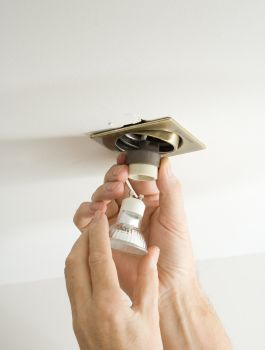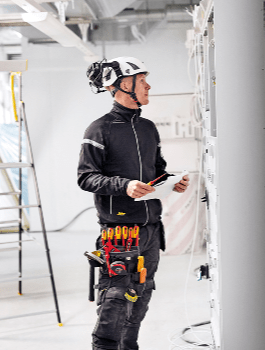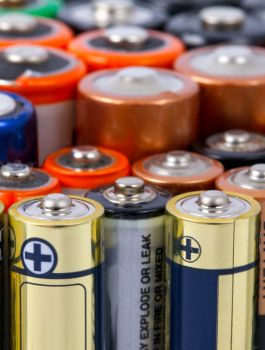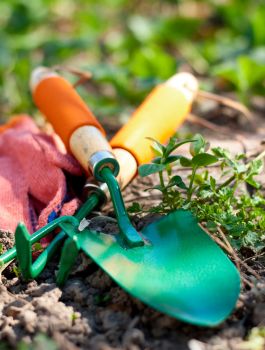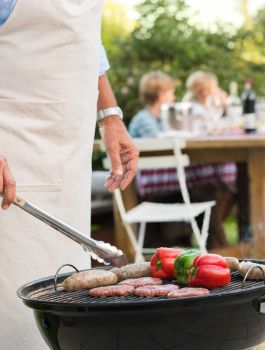Confused while choosing a Gas Regulator for Butane Canisters in the UK or Ireland for your Gas Heater or Cooker?
Clip-On Gas Regulators for Butane Canisters deliver gas at a constant pressure. They reduce the gas pressure in the cylinder to a lower pressure required to feed light duty appliances including domestic heaters or portable cookers.
There are two different types of regulator commonly used;
-The UK Regulator fits a standard UK Calor 15Kg Butane Bottle.
-The Irish Regulator fits a Republic of Ireland Calor 15Kg Butane Bottle and can also be used in Northern Ireland.
(Please note these regulators are not suitable for use in Caravans or Motor Homes.)

Butane is supplied by Flogas under two brands, Flogas and Ergas, & although Butane Gas is the main fuel type in the Republic for Ireland, Propane Gas is sometimes used which will require a slightly different regulator.
There are differences between UK and Irish Gas Regulators as used on Butane Gas appliances and are these are not interchangeable. It's important to check the type you need based on where you live and the type of gas you will be using.
When you purchase from Electrical World, we usually state which Gas Regulator is supplied with your chosen appliance and can give technical assistance if required.

The UK Gas Regulator has internal spring loaded lock plate which secures to the drum top. A twist lever on its side turns through 90 deg to lock on the bottle drum, then another 90° turn to open the gas flow. It is dimensionally smaller than the Irish regulator.

The Irish Gas Regulator has a spring-loaded locking collar which pushes down to secure around the gas drum top and pulls up to release it. A twist lever button is used to open or close the gas flow and some older types have a top lever.
A handy spec comparison of UK and Irish Regulators:

UK Regulator (as used with the Kingavon PG 150 Heater)
Pressure: 29 mbar
EFV Minimum Pressure: 0.3
Bar Maximum Pressure: 7.5
Bar Capacity: 1.5Kg / Hour

Irish Regulator (as supplied with Kingavon PG 150I)
Pressure: 30 mbar
EFV Minimum Pressure: 0.3
Maximum Bar Pressure: 16
Bar Capacity: 2Kg / Hour
Using Your Regulator
The first step before use is to carefully check your gas bottle cannister and appliance for any damage when unpacking the Gas Heater or Gas Cooking Ring. Check you have the correct size gas canister for the appliance, eg 11.34Kg for a 4.2kW Heater.
Always buy your canister from an approved supplier and check it's not damaged. When connecting the regulator to your gas canister, ensure the regulator on/off switch is in the off position. Attach the regulator to the 9mm dia gas hose with a Jubilee Clamp, which should be supplied with your appliance.
After making the required connections it's important to check for gas leaks before using the equipment. The simplest way to check is by applying soapy water to the regulator and threaded connector to locate any leak. You can then safely proceed and turn on the gas supply and press the spark ignition button to light the gas. Select the number of bars on your heater for desired heat level.

Storing Your Regulator
During summer months when the appliance is not used take some simple steps in storing it. Clean the regulator with a damp cloth and some mild detergent. Regularly check all fixing screws are tightened. Check equipment for any signs of wear or damage. Check manufacturers recommended life (usually about 10 years).
Store in a secure, dry place and well away from children.
Final Thoughts
Gas appliances are an economic and popular heating fuel, providing a quick and effective heat source for your home or business. Take care in using this pressurized and flammable fuel and get a Corgi registered gas engineer to check and service your equipment.
Gas is perfect for homes with no central heating or building needing an additional heat source offices, garages, sheds, farms and many more, but please exercise safety (and common sense) at all times when working with your gas bottles or canisters.

 Hate
Hate
 Dislike
Dislike
 Neutral
Neutral
 Like
Like
 Love
Love

